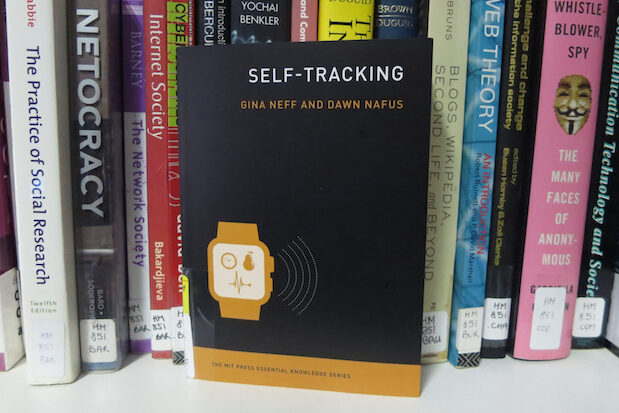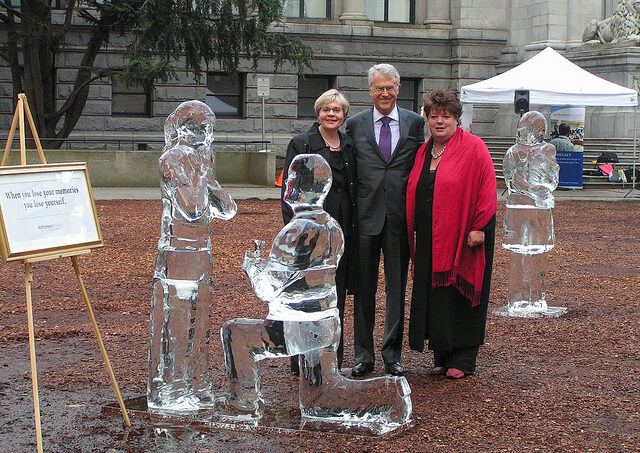
Image by TheeErin (Flickr CC BY-NC-ND 2.0), who writes: “Working on a national cancer research project. This is the usual volume of mail that comes in two-days time.”
In many sectors, automation is seen as a threat due to the potential for job losses. By contrast, automation is seen as an opportunity in healthcare, as a way to address pressures including staff shortages, increasing demand and workloads, reduced budget, skills shortages, and decreased consultation times. Automation may address these pressures in primary care, while also reconfiguring the work of staff roles and changing the patient-doctor relationship. In the interview below, Matt Willis discusses a project, funded by The Health Foundation, which looks at opportunities and challenges to automation in NHS England general practice services. While the main goal of the project is to classify work tasks and then calculate the probability that each task will be automated, Matt is currently conducting ethnographic fieldwork in primary care sites to understand the work practices of surgery staff and clinicians. Since the first automated pill counting machine was introduced in 1970 the role of the pharmacist has expanded to where they now perform more patient consultations, consult with primary care physicians, and require greater technical skill (including a Pharm.D degree). While this provides one clear way in which a medical profession has responded to automation, the research team is now looking at how automation will reconfigure other professions in primary care, and how it will shape its technical and digital infrastructures. We caught up with Matt Willis to explore the implications of automation in primary care. Ed.: One finding from an analysis by Frey and Osborne is that most healthcare occupations (that involve things like social intelligence, caring etc.) show a remarkably low probability for computerisation. But what sorts of things could be automated, despite that? Matt: While providing care is the most important work that happens in primary care, there are many tasks that support that care. Many of those tasks are highly structured and repetitive, ideal things we can automate. There is an incredible amount of what I call…


